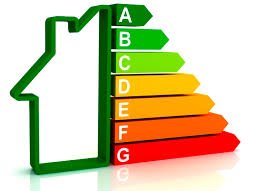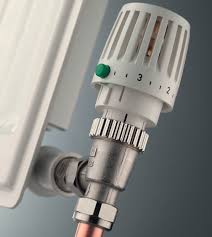How to Bleed a Radiator
If your radiators fail to heat up as much as they used to or should do, or if they are cold on the top and warmer at the bottom, it is much more likely that there is air trapped inside the radiator. To make sure your house is cosy and warm again, you should get your radiator to ‘bleed’ instantly. Bleeding the radiators is a fairly simple and quick process which effectively lets all the trapped air out, it is as simple as simply opening a valve and letting the radiator do the rest.
When should you bleed a radiator?
It is very easy to when your radiator requires bleeding. This can be identified when the top of the radiator remains a lot cooler than its bottom section. In severe cases, the entire radiator is going to stay cold when the heating system gets turned on. This takes place, because the air trapped inside the radiator displaces the hot water which is normally used to heat the radiator. This is the air which gets released when you bleed your radiator. As the air gets released the hot water gets a clear pathway and is able to flow freely.
Why should you bleed your radiator?
Bleeding the radiators help in removing the excess air which might have become trapped inside them. This trapped air causes a cold deposit on the radiator’s surface. This reduces the efficiency along with the effectiveness of the radiator while heating your house. The radiators work along with your boiler, and when they fail to work properly, you will pay for the energy you are not even using. Bleeding your radiator can lead to a warmer house and also cheaper energy bills.
What tools are required to bleed a radiator?
1. Cloth or towel for wiping drips
2. Radiator Bleed Keys
How to bleed a radiator for maximum energy efficiency?
Step 1: Turn the Heating On
The very first thing you should do is to turn the heating up, making all the radiators in your house come on. This is required to build up the pressure inside your radiator which forces the air out.
Step 2: Identify Which Radiators Need Bleeding
Once the heating is up to speed, check on each radiator individually to identify which ones are heating up properly and which ones are not. This needs to be done very carefully however, as radiators can get very hot. When there are spots near the top, you should be able to identify that this is where the air is trapped and that this radiator needs to bleed.
Step 3: Bleeding the Radiators
Now you should switch off the central heating and allow the system to cool off completely. This allows you to handle the radiators without hurting yourself. When you look at the top of the radiator you are going to find a bleed valve or nipple at one end. This is where you are going to insert the bleed key. Once you insert the bleed key, carefully turn it anti-clockwise. Once you do this you should hear a hissing sound of the air escaping. Hold in the radiator bleed key until there is air coming out and water starts to dribble from the radiator’s bleed valve.
Step 4: Check the Pressure of the Heating System
Once you have closed the radiator’s bleed valve, it is time to look at the pressure gauge on the boiler. If you see that the pressure is too low, use the lever on the boiler which is also known as the filler loop to top us the level of the water in the central heating system. Once you have completed this process, turn on the heating and repeat the same procedure as above. You might find that you have to bleed your radiator again and re-pressurise your system a couple of times before you get your desired result.












